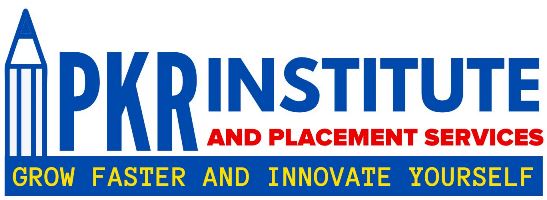Practical in Govt. Portal
Learners interested in the Accounting, Finance, MIS, Data Analysis, Tax, and Business Management Sectors should consider enrolling in the GST course. Keeping up with the requirements of the GST has become much easier thanks to software, and this improvement is also covered in training.
The course is divided into various modules that go over the requirements of the GST, how to apply for a registration number, and how to complete various forms. The most important module is the third, which explains how to complete the different applications and documents needed to file for GST.
- Introduction of GST
In this module, you will learn about the Goods and Services Tax. You will learn about its importance, implementation, and the factors determining GST rates.
- Definitions
This module will teach you the Goods and Services Tax definitions. You will learn what they are, how they work, and their differences.
- Rates
This module will teach you the GST rates. You will learn the new rates that have been implemented, as well as the old ones.
- GST Registration
This module will teach you how to apply for GST registration and the important documents you need to apply for this registration.
- Block credit
An essential provision for every regular taxpayer subject to GST is in Section 17(5) of the CGST Act. This provision is also known as blocked credits.
It establishes a list of acquisitions on which GST is charged, but the Input Tax Credit cannot be claimed for certain acquisitions by enterprises (ITC) under the GST regime. PKR Institute Courses will help you to understand and remember the important factors that should be considered while calculating ITC.
- How to Input Claim
This module will teach you the process for calculating ITC. It will give you explanations about Input Tax Credit, input tax credit amount, input tax credit limit, Input Tax Credit claim form, and other forms that a registered taxpayer has to file to claim the ITC.
- GST Returns
This module will teach you the process for filing GST returns. It will explain GST returns, forms, and other forms that a registered taxpayer must file to claim the ITC.
- GST Due Dates
Talking about the due dates of GST, let’s first understand the various kinds of due dates that can be applied to a GST return in this module.
- Reverse Charge Mechanism
The term “reverse charge” refers to a situation in which the recipient of a supply of goods or services rather than the provider of such goods or services is responsible for making tax payments about recognized categories of supply.
This module will give you a basic understanding and how to decide whether you should use the reverse charge mechanism or not.
- GST Reconciliation
Reconciling the Goods and Services Tax (GST) requires matching the data on sales and purchases from each of the various returns and the sales and purchase registers.
The task of GST reconciliation is made easier in the absence of the input tax credit, for it is not involved in the process. This module will familiarize you with the importance of the GST reconciliation process.
- GST Entries
This module will teach you how to make GST entries. It will explain different aspects of GST, like – GST rate and credit, how an entry is made, how a rebate is claimed, and more.
